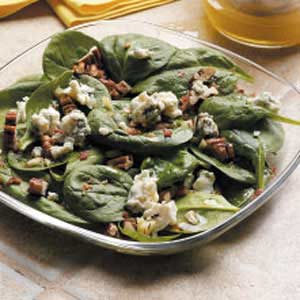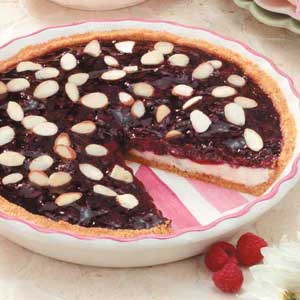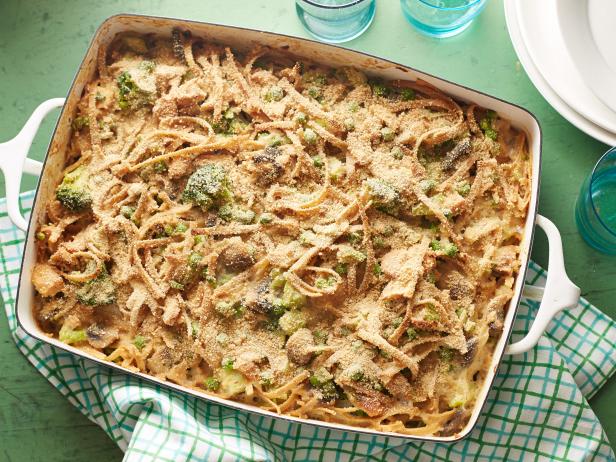**Artisan Sourdough Rye Bread: A Symphony of Flavor and Texture**
Indulge in the delightful world of Artisan Sourdough Rye Bread, a masterpiece of craftsmanship that embodies the essence of traditional baking. Experience the harmonious blend of rye and wheat flours, forming a rustic loaf with a captivating aroma. This bread is a testament to the artistry of sourdough fermentation, imparting a tangy and complex flavor profile that delights the senses. As you slice through the crusty exterior, discover a moist and chewy crumb, punctuated by the subtle sweetness of molasses and the nutty undertones of rye. Each bite is a journey through a symphony of flavors, leaving a lasting impression that will transport you to a realm of culinary bliss. Embark on a baking adventure with our curated collection of recipes, ranging from a classic sourdough rye bread to innovative variations such as caraway rye bread and pumpernickel bread. Unleash your inner baker and create a loaf that will become a centerpiece of your dining table, a testament to your culinary prowess. Explore the world of Artisan Sourdough Rye Bread and discover the true essence of breadmaking.
QUICK SOURDOUGH RYE BREAD

Steps:
- In a large bowl, dissolve liquid malt extract in warm water. Add the rest of the ingredients and mix until combined. The dough will be very sticky (but not wet) and that's to be expected. If too wet, add more flour. Scrape the dough off your hands. Wash your hands, this will make it much easier to knead the sticky dough. Knead for about 7 minutes inside the bowl. You can also use a stand mixer with a dough hook attachment. In a stand mixer, knead for 3 minutes on low and 4 minutes on medium speed.
- Cover the bowl and let the dough rest in a warm place for about 30-40 minutes. During this time, give the dough 3 stretch and folds, where each time you would pull each corner of the dough and fold onto itself. If it's easier, just knead the dough briefly, about 5-10 seconds each time. This will help it develop gluten and build strength.
- On a lightly floured work surface, shape the dough into a ball and flatten slightly. Place on a piece of parchment paper. Using a serrated knife, make scores as shown in the picture.
- Cover the dough and let rest for 45-60 minutes. It should rise by at least 30%.
- Meanwhile, preheat the oven to 475F with a heavy-duty baking sheet and a bread pan filled about 1/2" with hot water.
- Once the oven is preheated, slide the dough with the parchment paper onto the hot baking sheet. Spray a little bit of water on the walls of the oven and close it quickly. Bake at 475F for 10 minutes. Remove the water pan, drop the temperature to 425F, and continue baking for another 35 minutes.
- Remove the bread from the oven, transfer to a cooling rack and let cool for at least 1 hour at room temperature before slicing.
Nutrition Facts : Calories 155 kcal, Carbohydrate 33 g, Protein 5 g, Fat 1 g, SaturatedFat 1 g, Sodium 392 mg, Fiber 4 g, Sugar 3 g, UnsaturatedFat 2 g, ServingSize 1 serving
RUSTIC RYE SOURDOUGH BREAD

A light rye sourdough bread with a soft crumb, that you can make at home with active sourdough starter.
Provided by Amanda Paa
Categories Sourdough
Time 10h55m
Number Of Ingredients 7
Steps:
- Before beginning, it will be helpful to watch this SHORT VIDEO to see me make this bread, noticing that the dough will be stickier than normal because of the rye flour, but it will come together - you just have to trust!
- Add starter, water, and honey to a bowl. Whisk thoroughly until combined, with a fork. Add flours, and mix together first with the fork to start to incorporate, then with your hands until a shaggy dough is formed, and the bits of flour left just disappear. Sprinkle the salt on top and do not mix in, just leave it on top. Cover with a damp cloth.
- Autolyse: let dough sit for one hour, covered and undisturbed.
- Bulk ferment: Now you will knead the salt that is sitting on top, into the dough for about 1 min 15 seconds. There is no precise way to do this, just think of working the dough through your hands and up against the bowl, push and pull. You will start to feel the dough relax a bit around 1 minute. Continue for about 15 or 30 seconds more. Then leave the dough alone, covered, for 30 minutes. This counts as what would be your first set of stretch and folds.
- After those 30 minutes pass, perform a set of stretch and folds. Repeat 2 more times.
- Now you will let sit, undisturbed and covered with a damp cloth, for about 7ish hours at 70 degrees F. If the temperature in your home is above 70, this will take less time, vice versa. You will know it is finished with its bulk ferment when the dough has risen about double, is smooth and puffy on top, with a few bubbles. It will not be as jiggly as some sourdough you've made before.
- At this point, lightly dust your work surface with flour. Put dough onto the work surface, and pre-shape. This video will show you what that means. Let sit for 15 minutes on your work surface.
- Then shape your dough, using this method as a guide.
- Place dough into your flour dusted banneton, (or flour dusted linen lined banneton) seam side up. (Optional, you can wait 15 minutes after placing it in banneton, and pinch the perimeters of the dough into the center to hold the shape even more, called stitching.) The dough will now go through its final rise. You can do this on the counter, which will take about 2 hours at 70 degrees F for the dough to puff up and be jiggly. It will not double. OR you can do the final rise overnight in the refrigerator, with the banneton covered in a plastic bag or with a very damp cloth. You need this for holding moisture in.
- Time to bake. Preheat your oven to 500 degrees F, with your dutch oven preheating inside the oven. When the oven is preheated, flip your dough out gently onto parchment paper and score your dough. If you did the final rise in the refrigerator, take it straight from fridge to scoring. You should score it cold, and DO NOT need to let it come to room temp.
- Then put dough into the dutch oven on the parchment, and put cover on. Turn oven down to 450 degrees F and slide dutch oven in. Bake for 20 minutes, then remove cover.
- Turn heat down to 430 degrees F, and bake for 25 more minutes, until crust is golden brown and crackly. Remove from oven, and remove bread from dutch oven and place onto a cooling rack.
- Wait AT LEAST one hour to cool otherwise, the interior will be gummy.
Tips:
- Use a digital scale to measure ingredients for the most accurate results.
- If you don't have a Dutch oven, you can bake the bread in a regular loaf pan. Just be sure to cover the pan with foil during baking to create a humid environment.
- To test if the bread is done, insert a toothpick or skewer into the center. If it comes out clean, the bread is done.
- Let the bread cool completely before slicing and serving.
- Store the bread in an airtight container at room temperature for up to 3 days, or in the freezer for up to 2 months.
Conclusion:
This artisan sourdough rye bread recipe is a delicious and healthy way to enjoy a classic European bread. The bread is slightly sour and has a dense, chewy texture. It is perfect for sandwiches, toast, or simply served with butter and jam. With a little planning and effort, you can make this delicious bread at home. So what are you waiting for? Give it a try today!
Are you curently on diet or you just want to control your food's nutritions, ingredients? We will help you find recipes by cooking method, nutrition, ingredients...
Check it out »
You'll also love








